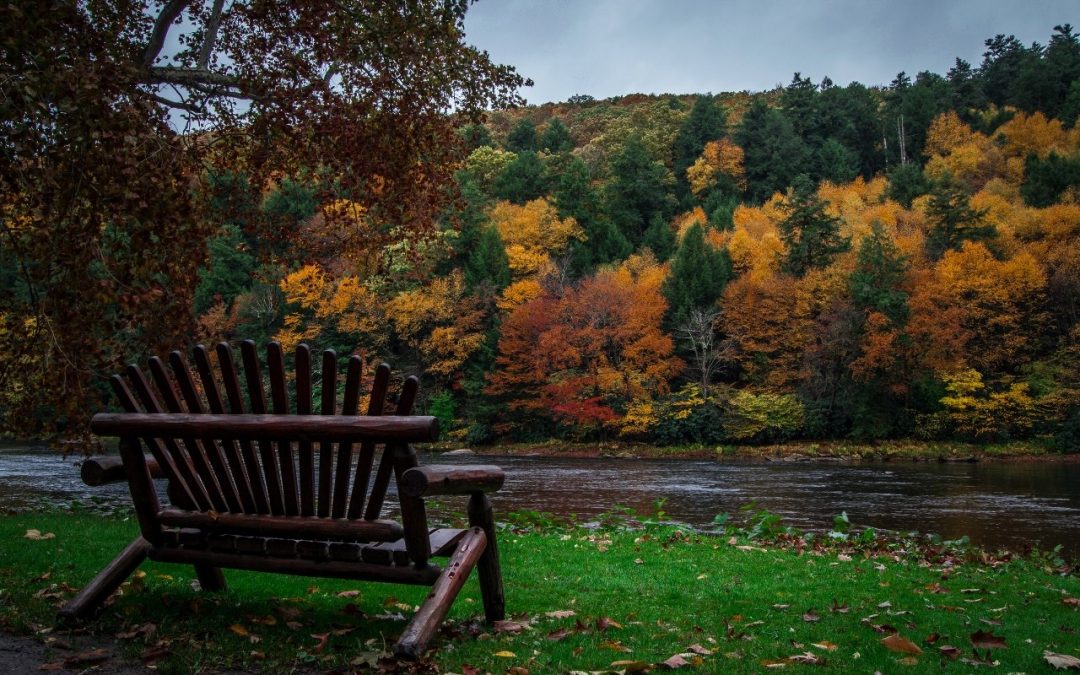When Europeans arrived, the Seneca Nation of the Iroquois Confederacy used this area as hunting grounds. In 1757, the Proprietary Council of Pennsylvania sent Moravian missionary Christian Frederick Post to convince the Seneca to join the British in the French and Indian War, but the Seneca sided with the French. The English won the war and eventually purchased the land from the Iroquois.
John Cook was the first permanent American settler to the area. He arrived in 1826 to determine the feasibility of building an east to west canal along the Clarion River for the Commonwealth of Pennsylvania.
John purchased 765 acres and settled here with his wife and 10 children in 1828. At the mouth of Toms Run, present day Cooksburg, John built his one-story cabin and the first of many water-driven sawmills. He worked his mills, logged with oxen, rafted logs to Pittsburgh, and also engaged in flatboat building through the years.
One of John’s sons, Anthony, bought 36 acres from his father and then gained the rest of his acreage when his father died in 1858. Anthony erected three sawmills, one flouring mill, one planing mill, a boat scaffold, several dwellings, and a store. Around 1870, he built the Cook Homestead at the corner of land where PA 36 and River Road intersect.
Many of the large homes on River Road are still maintained by the Cook Family and descendants. After Anthony’s death, the business was managed under A. Cook Sons Company.
The Cook Forest Association formed in the 1920s to save the few areas of surviving old growth timber. Endorsed by national natural resource groups and Governor Gifford Pinchot, the association raised $200,000, which helped the commonwealth purchase 6,055 acres from A. Cook Sons Company in 1927 for $640,000. Built in 1950 on Longfellow Trail, the fountain was dedicated to the original members of the Cook Forest Association who were instrumental in raising additional funds needed to purchase the land from the A. Cook Sons Company. The 87.5-foot fire tower, built in 1929 by the commonwealth’s Department of Forest and Waters, gave firefighters a 15- to 20-mile view of the area. The tower was retired from service in 1966. Periodically, the observation cabin on top of the tower is open during programs.
Cook Forest became the first Pennsylvania state park acquired to preserve a natural area. It was later designated a National Natural Landmark.
October 10, 2023

















